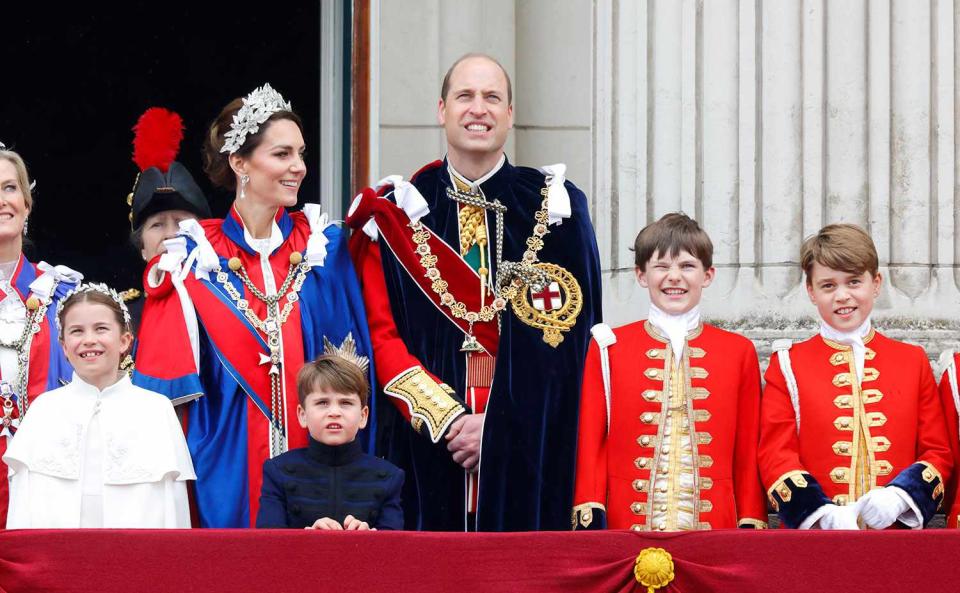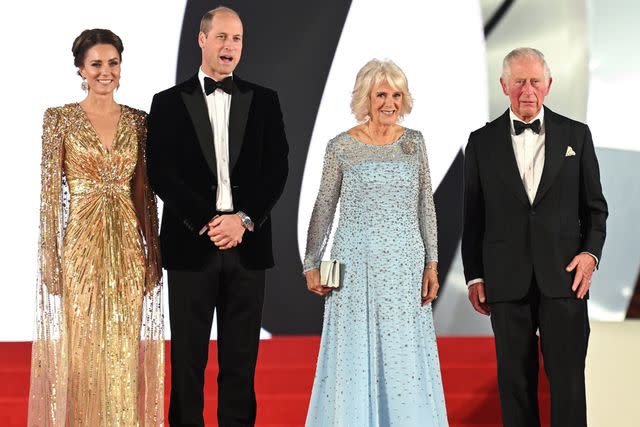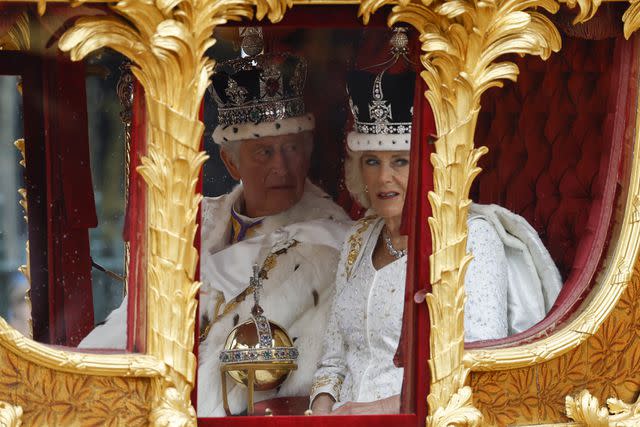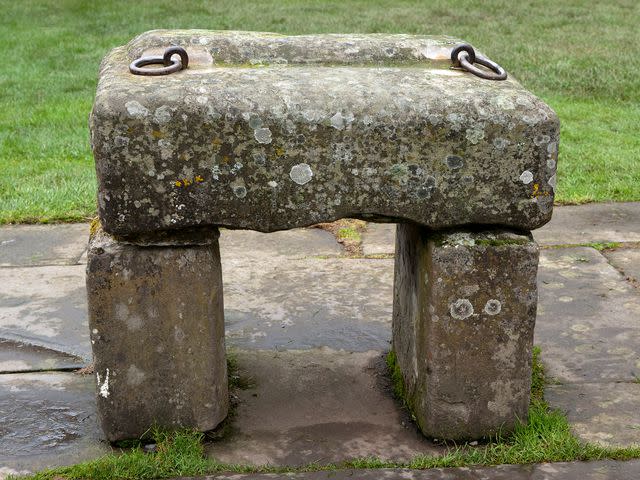Kate Middleton and Prince William Will Head to Scotland This Summer to Mark King Charles' Coronation
- Oops!Something went wrong.Please try again later.
- Oops!Something went wrong.Please try again later.
The King will be presented with Scotland's crown jewels at a National Service of Thanksgiving at St. Giles' Cathedral next month

Max Mumby/Indigo/Getty
Kate Middleton and Prince William are heading to Scotland next month for Edinburgh's celebration of King Charles and Queen Camilla's coronation.
The Scottish government announced Friday that their nation will mark the coronation on July 5 during Royal Week in Edinburgh.
"The King will be presented with the Honours of Scotland at a National Service of Thanksgiving at St. Giles’ Cathedral following processions on the Royal Mile," the statement said. The Honours of Scotland, informally known as the Scottish Crown Jewels, include the Crown of Scotland, the Sceptre and the Sword of State.
Scotland's government added that "Their Royal Highnesses, The Duke and Duchess of Rothesay will also attend events." Prince William and Princess Kate are known as the Duke and Duchess of Rothesay while in Scotland, titles inherited from King Charles and Queen Camilla after Queen Elizabeth's death in September. The royal couple also holds the Scottish titles of Earl and Countess of Strathearn, which they were given on their wedding day — however, they now use their higher-ranking Duke and Duchess of Rothesay titles.
RELATED: How Kate Middleton and Queen Camilla 'Together' Planned Their Coronation Looks (Exclusive)

At the July 5 celebration, the Honours will be collected from Edinburgh Castle by a People’s Procession of around 100 people representing different aspects of Scottish life. It will be escorted by The Royal Regiment of Scotland, Shetland pony mascot Corporal Cruachan IV and supported by cadet musicians from the Combined Cadet Force Pipes and Drums, 51 Brigade Cadet Military Band.
The Royal Procession will travel from the Palace of Holyroodhouse to St. Giles’ Cathedral, and members of the public can view the procession along the Royal Mile.
A 21-Gun Salute will fire from Edinburgh Castle at the end of the service before the Royal Procession travels back to the Palace of Holyroodhouse. Following the event, there will be a flypast by the Red Arrows.
Although King Charles, 74, and Queen Camilla, 75, were officially crowned at Westminster Abbey on May 6, the service in Edinburgh will be like a second coronation marking the new monarch's reign in Scotland.

Jeff J Mitchell/Getty Images
King Charles and Queen CamillaThe Scottish government announced that the Stone of Scone (pronounced "skoon") — also known as the Stone of Destiny — would be present at the Edinburgh ceremony. The 300-lbs. sandstone slab — which fits into the base of the Coronation Chair — holds special historical significance to both England and Scotland but has a history of controversy.
The exact origins of the Stone of Scone are unknown, but some believe that it was originally used as a pillow by the Biblical figure Jacob. Legends say the Stone of Destiny traveled across continents.
During the First Scottish War of Independence in 1296, the stone was taken by King Edward I of England after he invaded Scotland. While some question if Edward I stole the authentic Stone of Scone, the relic he captured was brought to Westminster Abbey, where it was placed in a specially made chair. In 1328, a peace treaty signed by England and Scotland promised that the stone would be returned to Scotland — but it remained in London for another six centuries, during which English monarchs sat upon the stone during the coronation ceremonies.

In 1950, a group of Scottish students broke into Westminster Abbey and stole the stone. They brought the relic back to Scotland, where it was briefly on display at Arbroath Abbey. British police ultimately returned the stone to England. The group was charged, but not prosecuted, with criminal activity.
In July 1996, around 700 years after the stone was originally stolen, Prime Minister John Major announced that it would finally be returned to Scotland. On Nov. 15, 1996, the stone was officially handed over at the border.
Can't get enough of PEOPLE's Royals coverage? Sign up for our free Royals newsletter to get the latest updates on Kate Middleton, Meghan Markle and more!
While the stone is now housed in the Crown Room at Edinburgh Castle, it returned to Westminster Abbey for King Charles' crowning ceremony.
For more People news, make sure to sign up for our newsletter!
Read the original article on People.

